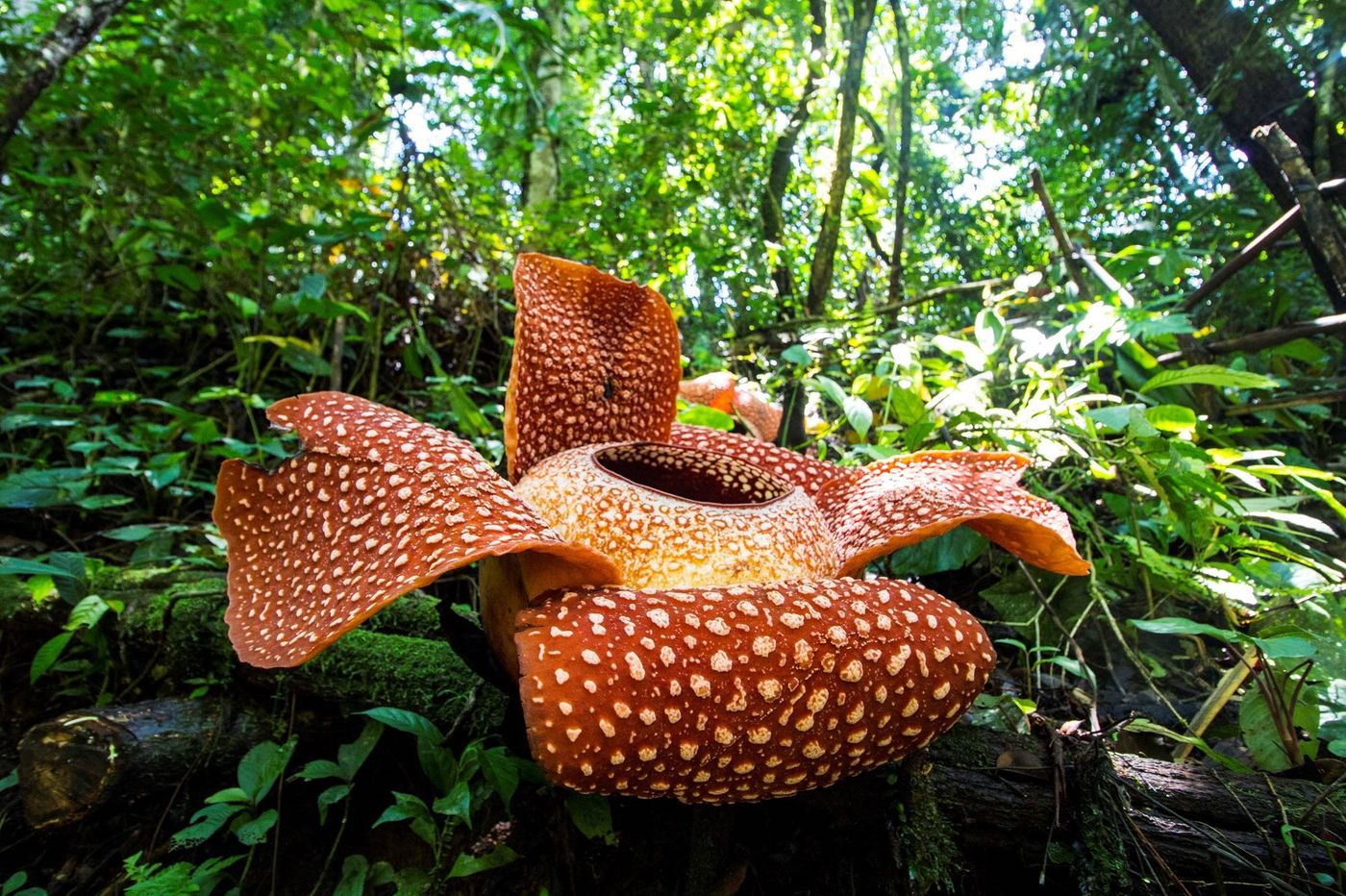Does location sharing hurt or help endangered species?
Does sharing the locations of rare and endangered species help or harm those species? That’s the question that scientists from the University of Sydney and the University of Queensland aimed to answer in their new study, which reevaluated the impacts of data sharing. What did they conclude? More species can actually benefit from the sharing of data than those that are harmed.
Let’s break down the two sides. Conventionally, conservations have argued that sharing the locations of vulnerable species gives poachers a leg up on the animals, making those on-the-brink species even more vulnerable. "It is undeniable that in some cases, poachers have used published data to hunt down rare animals for the illegal wildlife trade. And even well-meaning people like bird watchers and sight-seers can sometimes do damage when enough of them trample a patch of habitat. Which is why scientists and conservationists have continually called on location data to be turned off in nature photos to help preserve species," explains lead researcher Dr. Ayesha Tulloch. This is exactly what happened with the local extinction of the Chinese cave gecko.
But the Australian researchers argue that there are pros to sharing data locations of endangered species. "Species, like Australia's tiny grassland earless dragon, have received greater environmental protection because published data was available to show that they were in trouble," said Dr. Tulloch.
What Dr. Tulloch suggests is a compromise of sorts: a framework that gives researchers and conservationists different options on how to share and not share sensitive data. Based on information about poaching, illegal trade, and human disturbance, the framework allows for delicate distinctions that in the end, all aim to save wildlife lives. Giving an example, Tulloch explains, "There are a number of ways you can deal with that data, such as only showing locations in 100km grid squares, that could allow it to be published without putting those species at risk.”
But in the end, Tulloch and the nine organizations she collaborated with are clear about their goals. "The challenge is to share data in a way that avoids perverse outcomes such as local species extinctions from human exploitation. But stopping all data publishing is not the answer. Data publishing has also led to improved protection and conservation for many species. Good data helps conservation managers know where action is needed."
Sources: Science Daily, Nature Ecology & Evolution









